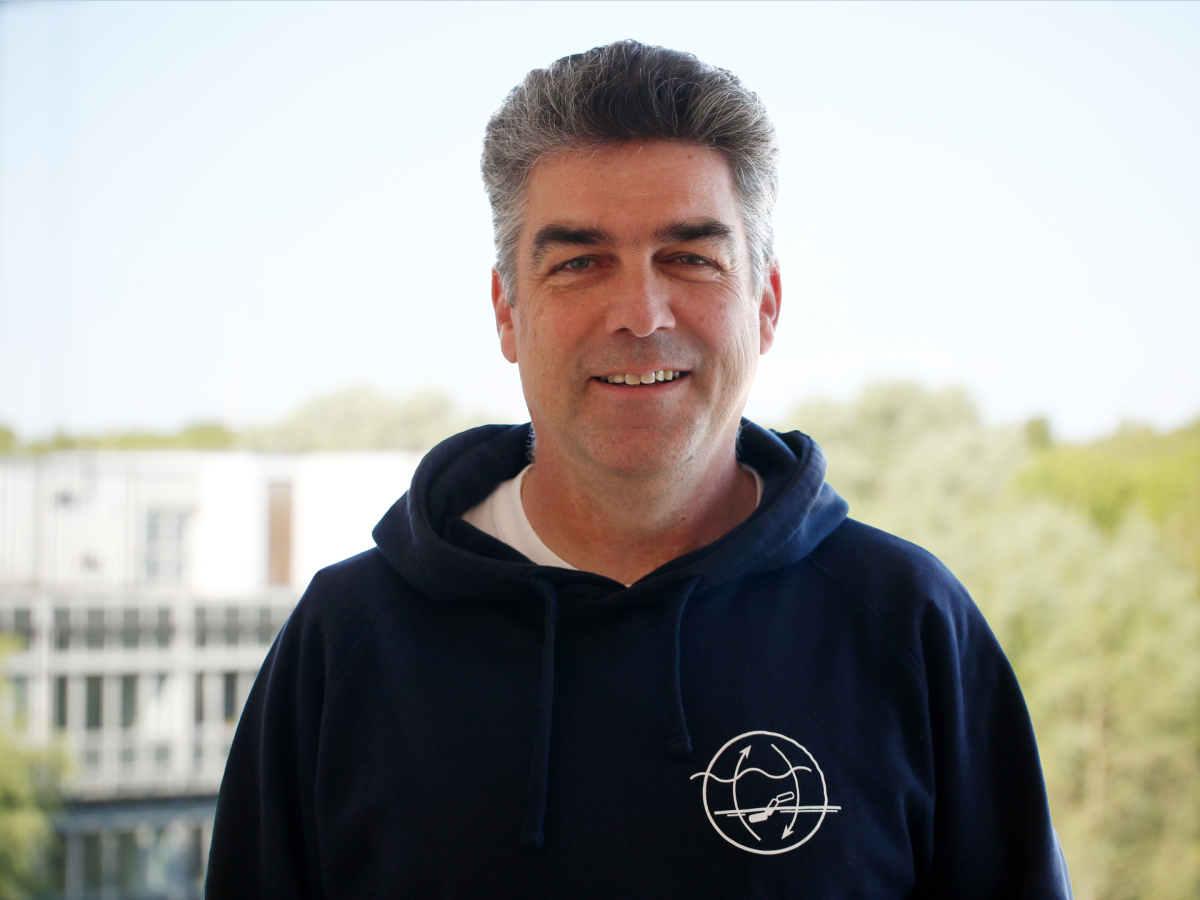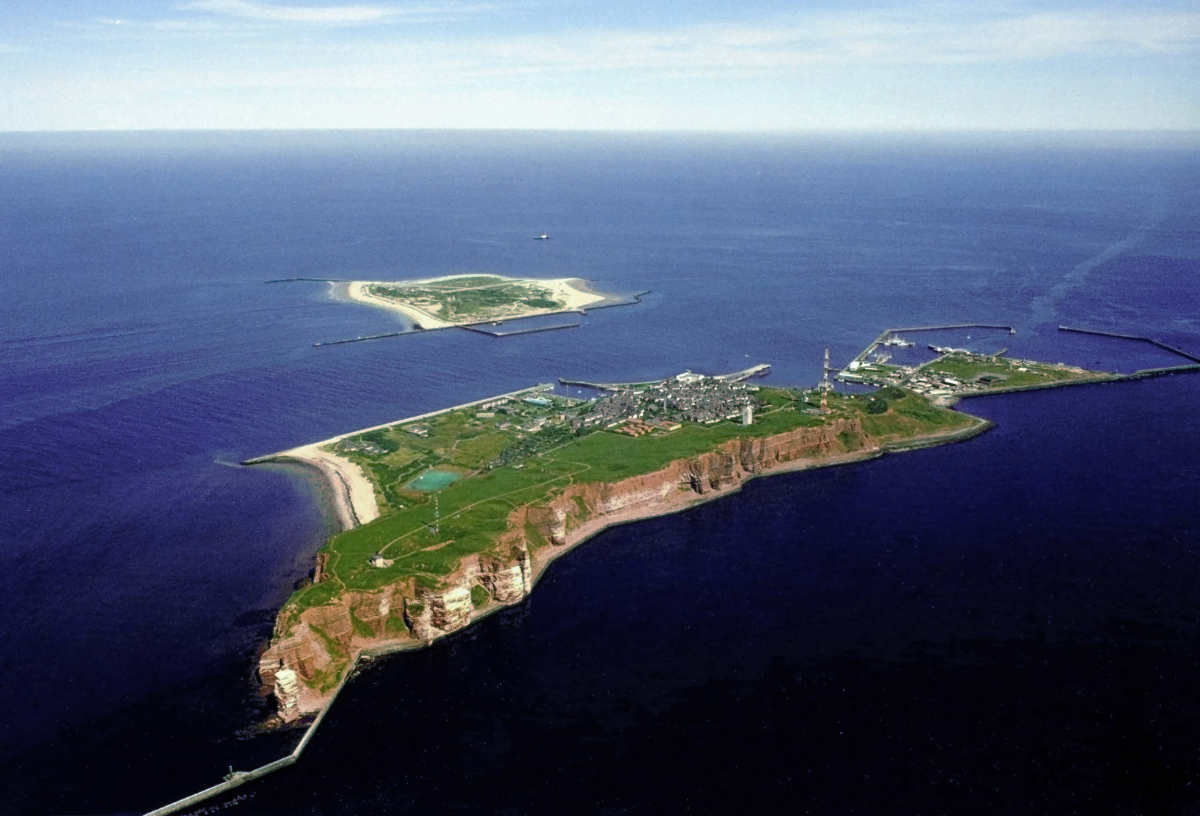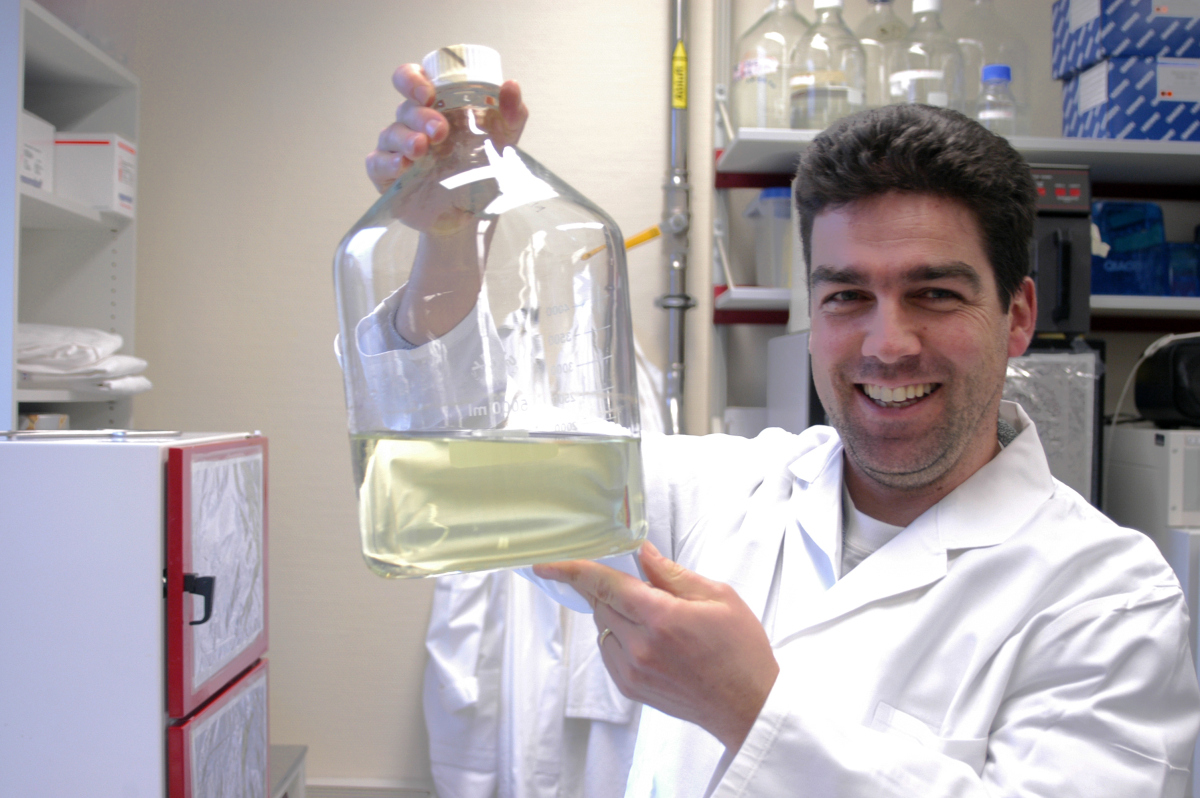- Press Office
- Press releases 2007
- Marine Bacteria with a Hybrid Engine
Marine Bacteria with a Hybrid Engine
Genomic data unveil amazing properties of a bacterium from the German Bight
What was considered a breakthrough in the automobile industry almost five years ago is in fact a million year old success story of nature - the ability to use a mix of different energy sources. Some organisms like plants and green algae depend on light and carbon dioxide, while others like animals and fungi need complex nutrition (proteins and carbohydrates). And some even may use a mix of energy. They are able to compensate for low food supply by turning on their photoreceptors. This ability (photoheterotrophy) seems to be widespread among marine bacteria. Max Planck researchers and their colleagues from Germany and the USA analysed the genome of a novel marine bacterium and found the genes coding for the usage of light energy (PNAS, February 2007).
Genetic fingerprints from a novel group of bacteriochlorophyll a containing Gammaproteobacteria were found five years ago. Now it is clear that Congregibacter litoralis KT71 is the first member of this group of photoheterotrophic marine bacteria which can be cultivated in the laboratories.
„KT71 is perfectly adapted to the fast environmental changes in the German bight and should be regarded as a typical representative of the marine bacteria in the Helgoland waters, “ says Rudolf Amann, Director of the Max Planck Institute in Bremen, Germany. His staff scientist Bernhard Fuchs agrees: „ If a strategy proves to be successful in one place, it will dominate. These kinds of bacteria are common in the global coastal shelf areas“.
After all, the researchers were quite lucky. Without the generous funding through the private Gordon and Betty Moore Foundation the sequencing of KT71 would not have been possible.
Manfred Schloesser
Bernhard M. Fuchs, Stefan Spring, Hanno Teeling, Christian Quast, Jörg Wulf, Martha Schattenhofer, Shi Yan, Steve Ferriera, Justin Johnson, Frank Oliver Glöckner and Rudolf Amann. PNAS, February 2007 "Characterization of a marine gammaproteobacterium capable of aerobic anoxygenic photosynthesis"
Contact:
Group Leader
MPI for Marine Microbiology
Celsiusstr. 1
D-28359 Bremen
Germany
|
Room: |
2222 |
|
Phone: |

Managing Director
Department of Molecular Ecology
MPI for Marine Microbiology
Celsiusstr. 1
D-28359 Bremen
Germany
|
Room: |
2221 |
|
Phone: |



